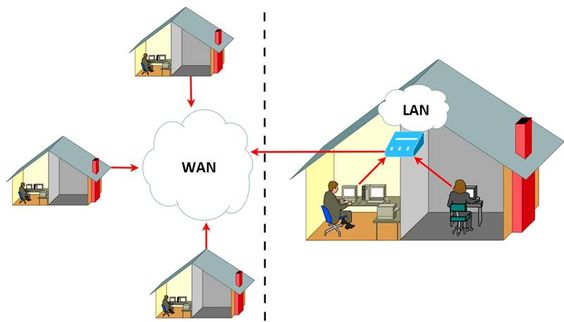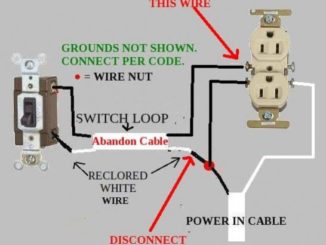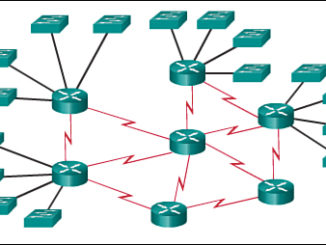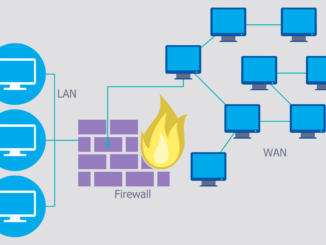
Here we are going to discuss different Wide Area Network (WAN) technologies, properties and applications. WANS allow us to connect multiple local area networks (LANs) over a larger geographical region.
WAN uses basically two technologies –
- Circuit Switching – In this type of network, there is a dedicated communication path between two stations. Communication here involves three phases, circuit establishment, data transfer and circuit disconnect. It is mostly used in applications which handle voice traffic. In this no buffering is needed.
Dedicated Leased Lines – PPP – These are a kind of circuit switching connections. These are actual physical line cables that allow for a dedicated connection from one point to another. Dedicated leased lines are also known as point to point connectivity and allow us to use multiplexing, which allow multiple streams of data to be sent over one line and each line has two sending cables and two receiving cables. There are American standards as well as European for dedicated lease lines.
- Packet Switching – In this data is transmitted in short packets. Each packet contains a portion of the user’s data plus some control information. It allows dynamic use of bandwidth.
WANS also use the following transmission media:
- Cables
- Phone lines
- Cable lines
- Fiber optics
- Wireless
- Radio waves/ infrared
- Satellite
- Cellular
Frame Relay and Asynchronous Transfer Mode – These are both technologies which allow us to take different lines and utilize them but not as dedicated lease lines, but as virtual circuits. Frame relay uses permanent and switched virtual circuits and has a maximum transmission based on lines. It is designed to eliminate much of the overhead that X.25 imposes on end user systems and on packet switching network.
Asynchronous Transfer Mode also known as cell relay is almost similar to frame relay. ATM is even more streamlined than frame relay in its functionality and can support data rates of several orders of magnitude greater than frame relay.
Telephone Lines – These are the most commonly used infrastructure in connecting to the Internet. It saves costs for running lines as they are already pre-existing in many places and are very useful for transmitting data connections via a DSL connection. Digital Line Subscriber (DSL) is one of the most common connections for wide area networks. DSL sends data at high frequencies over telephone lines. There are a few types of DSL:
- SDSL: Symmetric DSL
- ADSL: Asymmetric DSL
- VDLS: Very high bit rate DSL



